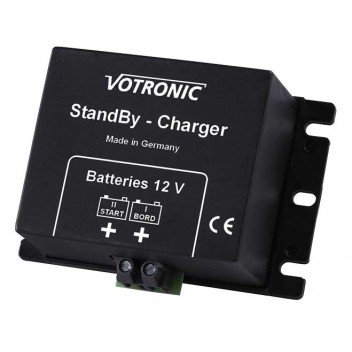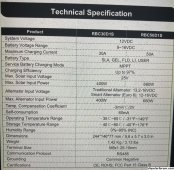Rickerman
New Member
Hi,
I have just started to convert my van. I have purchased a 435W house solar panel which will be fitted to the roof.
I plan to buy a LifePO4 battery and a Renogy DC DC charger with MPPT. I have read that the new version can handle up to 50V solar.
I am interested in the dual charger as I will be using my van infrequently, probably 10-12 times per year, between March and October. With the dual charger I will be able to keep the starter battery topped up with the trickle charge function.
My question is about the LifePO4 battery, I read it is not good to leave it at 100% charge, so between trips how would it be possible to keep the battery at a partial state of charge while also keeping the van battery fully charged via the trickle charger mode of the renogy? This is also a concern for the 5 months over winter where I would need to keep the LifePO4 at partial charge and the van battery trickled.
I have just started to convert my van. I have purchased a 435W house solar panel which will be fitted to the roof.
I plan to buy a LifePO4 battery and a Renogy DC DC charger with MPPT. I have read that the new version can handle up to 50V solar.
I am interested in the dual charger as I will be using my van infrequently, probably 10-12 times per year, between March and October. With the dual charger I will be able to keep the starter battery topped up with the trickle charge function.
My question is about the LifePO4 battery, I read it is not good to leave it at 100% charge, so between trips how would it be possible to keep the battery at a partial state of charge while also keeping the van battery fully charged via the trickle charger mode of the renogy? This is also a concern for the 5 months over winter where I would need to keep the LifePO4 at partial charge and the van battery trickled.






